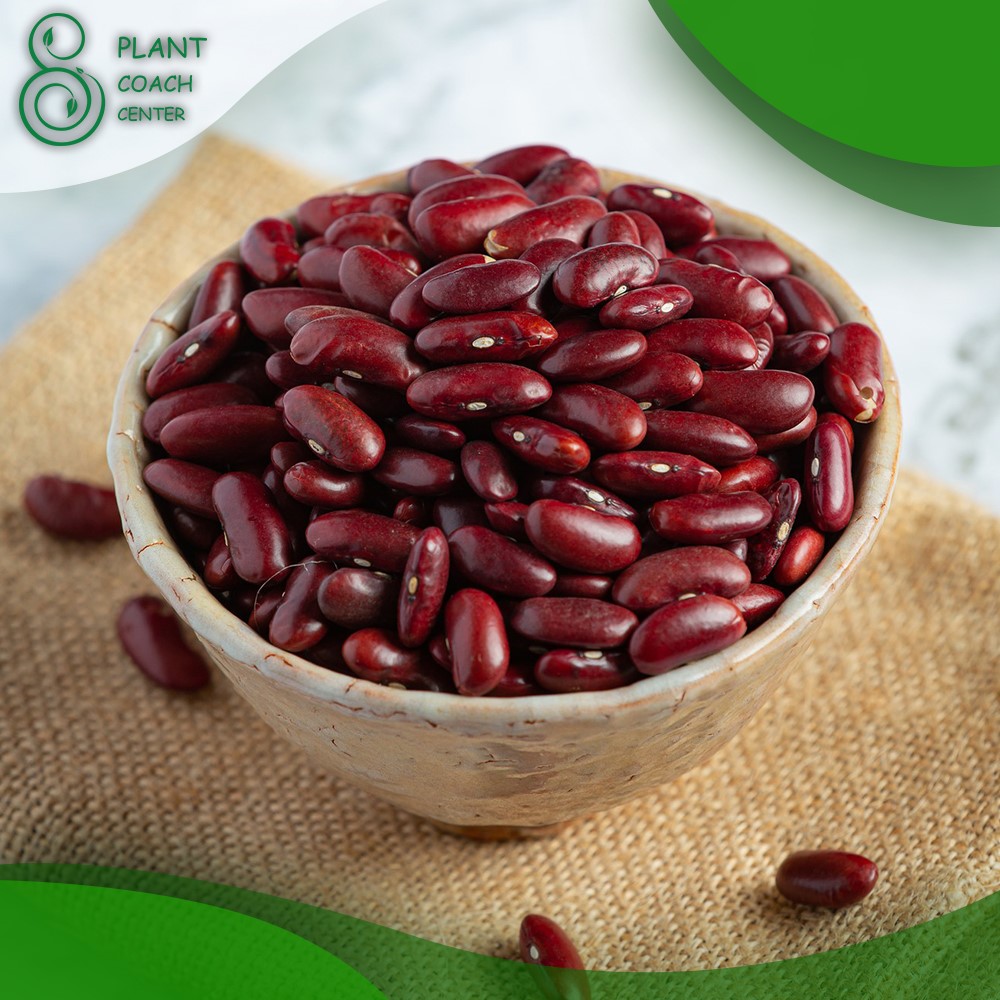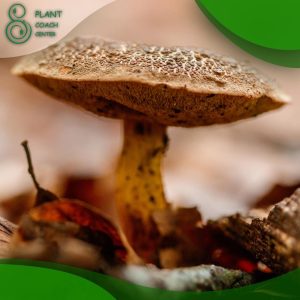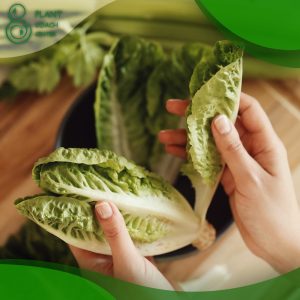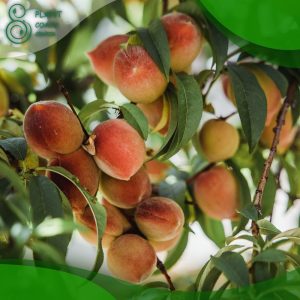Introduction
Kidney beans, named for their distinctive shape and resemblance to human kidneys, are a favorite in kitchens worldwide. But have you ever stopped to wonder, “How do kidney beans grow?” In this comprehensive guide, we’ll take you through the fascinating journey of a kidney bean plant’s life, from a humble seed to a flourishing plant bearing nutritious beans.
The Life Cycle of a Kidney Bean Plant
Phase 1: Germination
How does a kidney bean burst forth from its seed shell? After planting, the kidney bean seed absorbs water from the soil, causing it to swell and split the outer seed coat. The embryonic root, or radicle, emerges and anchors the seed down in the soil.
Phase 2: Seedling
With the radicle stable in the soil, the seedling phase begins. The embryonic shoot, or plumule, rises above the ground, unfurling its first set of leaves—known as cotyledons—that harness sunlight for photosynthesis.
Phase 3: Vegetative
As more leaves develop, the plant enters the vegetative phase. The kidney bean plant focuses on growing taller and developing a stronger root system. The true leaves, different in shape from the cotyledons, emerge.
Phase 4: Flowering
The plant then enters the flowering phase. Clusters of sweet-scented white flowers appear, which are pollinated by the wind. Isn’t it fascinating how a plant so small can self-pollinate?
Phase 5: Pod Development
Post pollination, the flowers fall off, and giving way to small green pods. These pods grow and mature, housing the developing kidney beans. The matured beans are ready for harvest in about 70-90 days from planting.
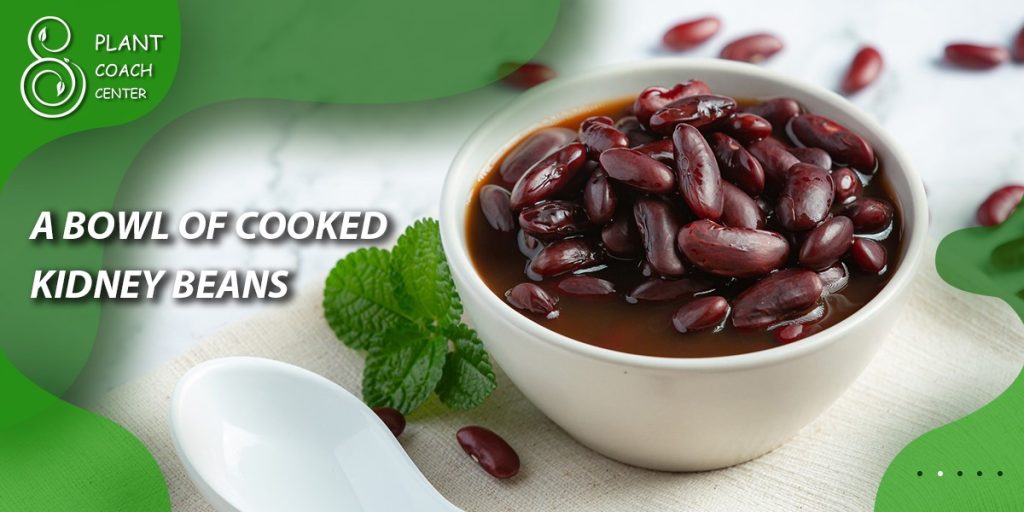
Essential Factors for Growing Kidney Beans
Soil Requirements
Kidney beans prefer slightly acidic to neutral pH soils, rich in organic matter. Well-draining soil is crucial to prevent waterlogging and root diseases.
Sunlight Needs
Like other legumes, kidney beans love the sun. They require full sun exposure, at least 6-8 hours daily, for healthy growth and maximum yield.
Watering Schedule
While kidney beans need consistent moisture, overwatering can be detrimental. Water deeply once a week, but allow the soil to dry out between waterings.
Temperature Conditions
Kidney beans thrive in warm conditions. They are sensitive to frost and best sown after the last expected spring frost.
Cultivating Kidney Beans: A Step-by-Step Guide
Step 1: Preparing the Soil
Prepare your garden bed by removing weeds and amending the soil with organic compost. This preparation ensures a nutrient-rich environment for the beans to grow.
Step 2: Planting the Seeds
Sow the seeds 1-2 inches deep and 2-3 inches apart. The rows should be spaced 2 feet apart. Remember, kidney beans need warmth to germinate, so plant after the threat of frost has passed.
Step 3: Caring for the Growing Plants
Maintain consistent moisture, especially during flowering and pod production. Use mulch to conserve soil moisture and control weeds.
Step 4: Harvesting and Storing
When the pods are plump and firm, it’s time to harvest. Dry the beans thoroughly before storing in a cool, dry place.
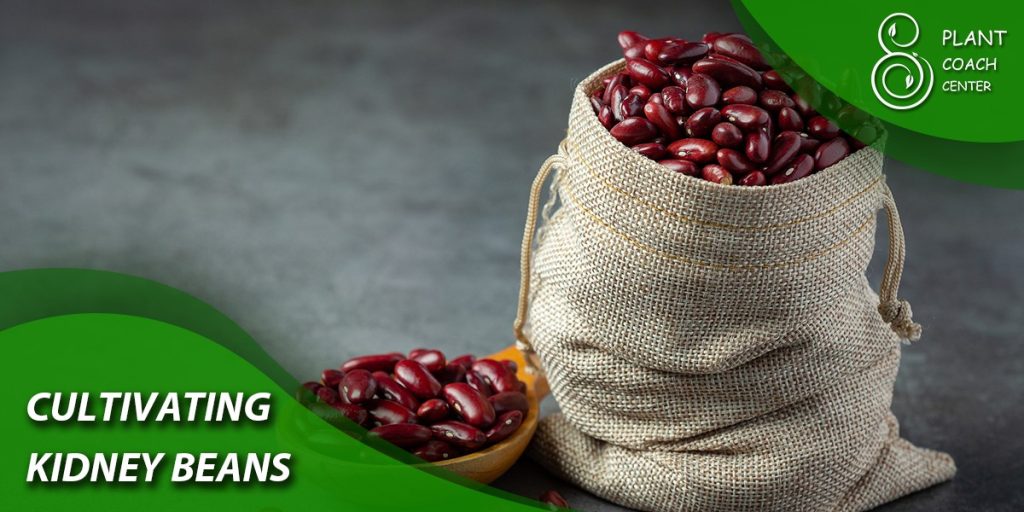
Common Problems and Solutions
Growing kidney beans can pose some challenges, like disease and pests. Regular checks and prompt action can keep these issues in check. For instance, bean weevils can be controlled by natural predators like ladybugs, and leaf spot diseases can be prevented by proper spacing and crop rotation.
What are some common leaf spot diseases that affect kidney beans?
Kidney beans, like many other plants, can be susceptible to a variety of leaf spot diseases. Here are a few common ones.
1. Anthracnose: Caused by the fungus Colletotrichum lindemuthianum, this disease manifests as dark, sunken spots on leaves, stems, and pods. These spots may have pinkish spore masses in wet conditions.
2. Bacterial Brown Spot: This bacterial disease, caused by Pseudomonas syringae pv. syringae, results in small, water-soaked spots that eventually turn brown and necrotic. The spots might have a yellow halo and often fall out, leaving a ragged hole in the leaf.
3. Common Bacterial Blight: Caused by Xanthomonas axonopodis pv. phaseoli, symptoms include water-soaked spots on leaves that expand and become necrotic, often surrounded by a yellow halo. It can also cause lesions on pods and seeds.
4. Cercospora Leaf Spot: Caused by the fungus Cercospora zonata, this disease manifests as small, circular, brown spots on leaves. In severe cases, it may lead to defoliation.
5. Rust: Rust is a fungal disease caused by Uromyces appendiculatus. It’s characterized by small, raised, reddish-brown pustules on the undersides of leaves.
6. Fusarium Wilt: While not a leaf spot disease, it’s worth mentioning as it’s a common disease in kidney beans. Caused by Fusarium oxysporum f.sp. phaseoli, symptoms include yellowing and wilting of leaves, often on one side of the plant or one branch.
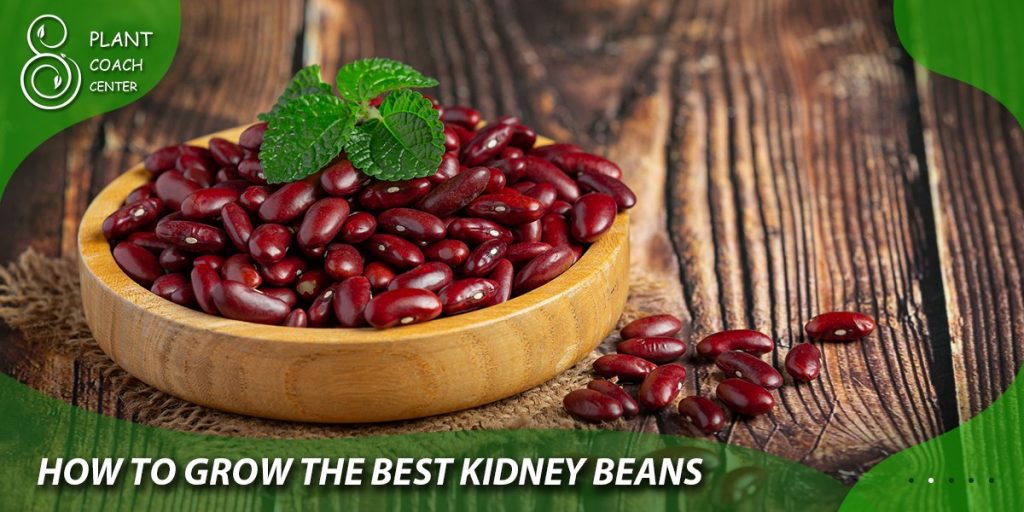
How can I determine which leaf spot disease is affecting my kidney beans?
Determining the specific leaf spot disease affecting your kidney beans can be challenging, as many diseases present similar symptoms. However, a careful examination of the symptoms, along with knowledge about common diseases and the conditions that favor them, can provide clues. Here are some steps to help you:
1. Observe the Symptoms: Start by closely inspecting the spots on the leaves. Consider their color, shape, size, and the presence of any patterns like concentric rings or yellow halos. Also, check if the spots are raised or sunken, dry or water-soaked, and if there are any visible spore masses. Note if the spots are only on the leaves or if they extend to stems and pods as well.
2. Examine the Entire Plant: Some diseases affect more than just the leaves. Look for signs of wilting, stunted growth, or discoloration in stems or roots. A systemic disease like Fusarium wilt, for instance, will cause wilting and yellowing of leaves, typically on one side of the plant.
3. Consider the Environment: Certain diseases thrive under specific conditions. For example, bacterial diseases often proliferate in warm, wet conditions, while rust prefers cooler temperatures. If your area has recently experienced particular weather patterns, this could point towards the culprit.
4. Consult Reliable Resources: Use disease identification guides from reliable sources like university extension services. These often include detailed descriptions and images of common diseases, which you can compare with your observations.
5. Seek Professional Help: If you’re still unsure, consider sending a sample to a plant disease diagnostic laboratory. Professionals can often identify diseases based on microscopic examination or other tests. Your local extension service can guide you on how to collect and send samples.
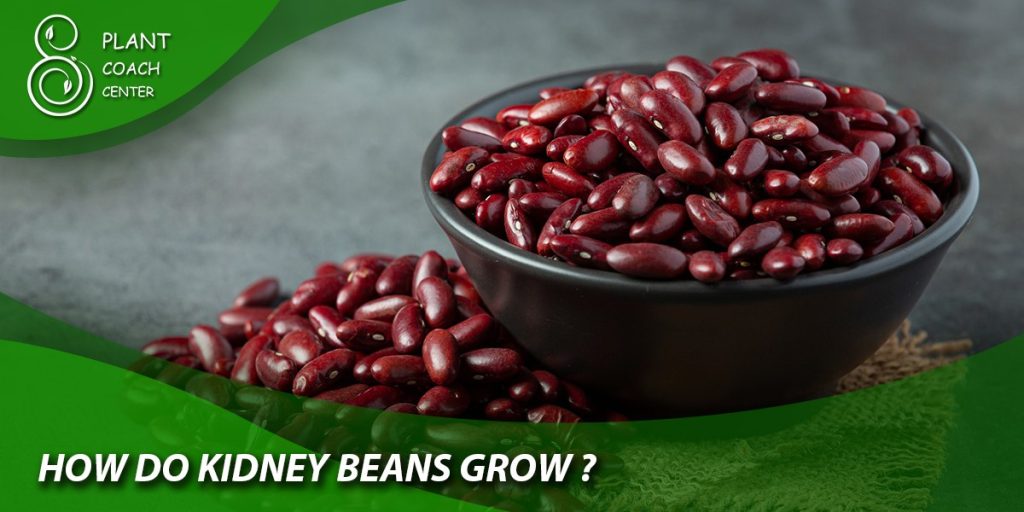
Conclusion
Growing kidney beans can be a rewarding experience, especially when you understand the process behind “how do kidney beans grow.” With the right conditions and care, you can enjoy a bountiful harvest. So why not give it a try? Remember, every great gardener starts with a single seed, and there’s no better place to begin than with kidney beans!
How long does it take for kidney beans to grow?
It takes about 70-90 days for kidney beans to grow from seed to harvest.
Can kidney beans grow in pots?
Absolutely! Just ensure the pot is deep enough for root development and has adequate drainage.
What's the best time to plant kidney beans?
Kidney beans should be sown after the last expected spring frost when soil temperatures have warmed.
How often should kidney beans be watered?
Water kidney beans deeply once a week, but let the soil dry out between waterings.
How to boost kidney bean yield?
Healthy soil, full sun, adequate water, and regular checks for pests and diseases can help boost your kidney bean yield.
Are kidney beans easy to grow?
Yes, kidney beans are considered a beginner-friendly plant, making them a great choice for novice gardeners.


